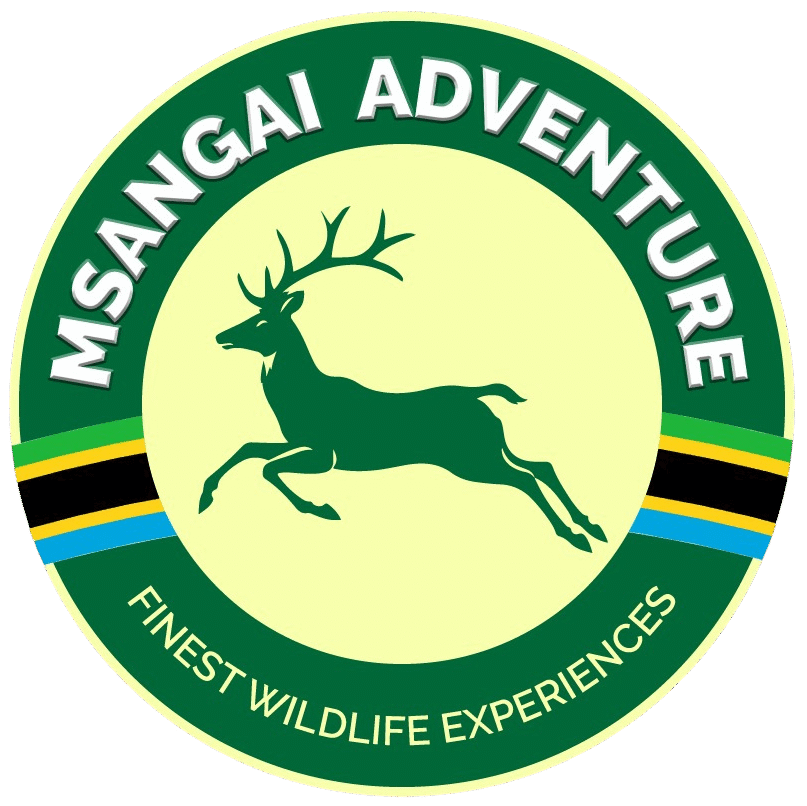- 1
- 1
- 5
- 1
- 1
- 3
- 1
- 3
- 20
- 3
- 10
- 14
- 15
- 11
- 14
Filter By
Destination
Price
$0$2,941
Duration
1 Days
10 Days
Activities
- 1
- 2
- 1
- 3
- 2
- 2
- 2
- 3
- 1
- 1
- 1
- 1
- 1
- 1
- 1
- 1
- 1
- 1
- 1
- 1
- 1
- 1
- 1
- 1
- 1
- 1
- 1
- 1
Sort
(Recently Added)
- Recently Added
- Top Rated
- Lowest Price First
- Highest Price First
- Shortest Duration First
- Longest Duration First
- Alphabetical - A to Z
- Alphabetical - Z to A
View by :
No results found!
